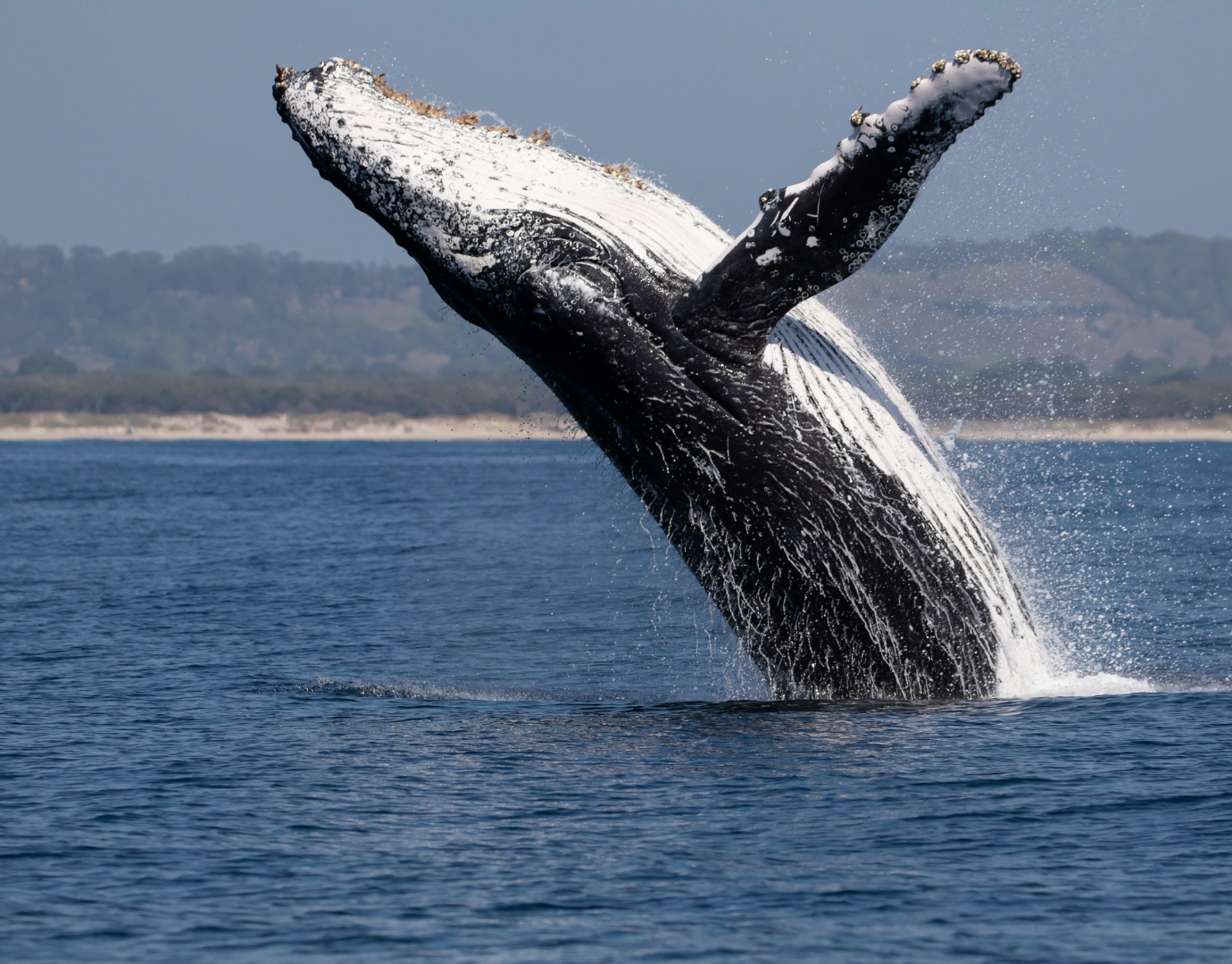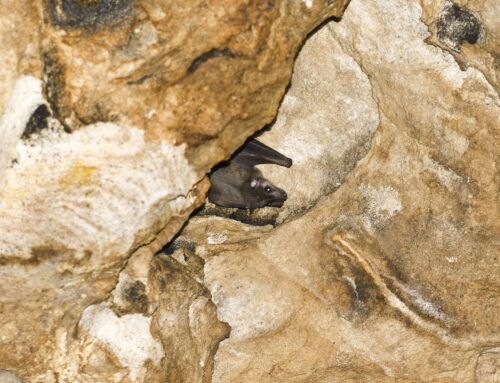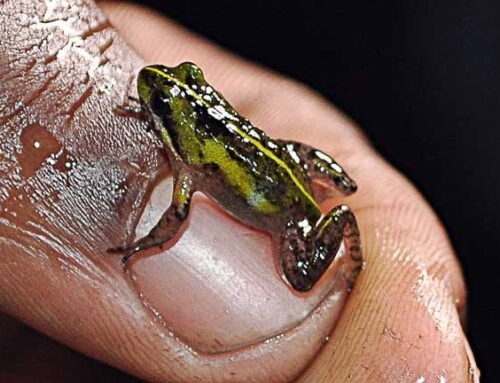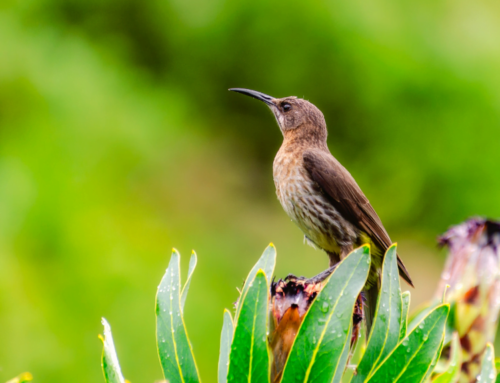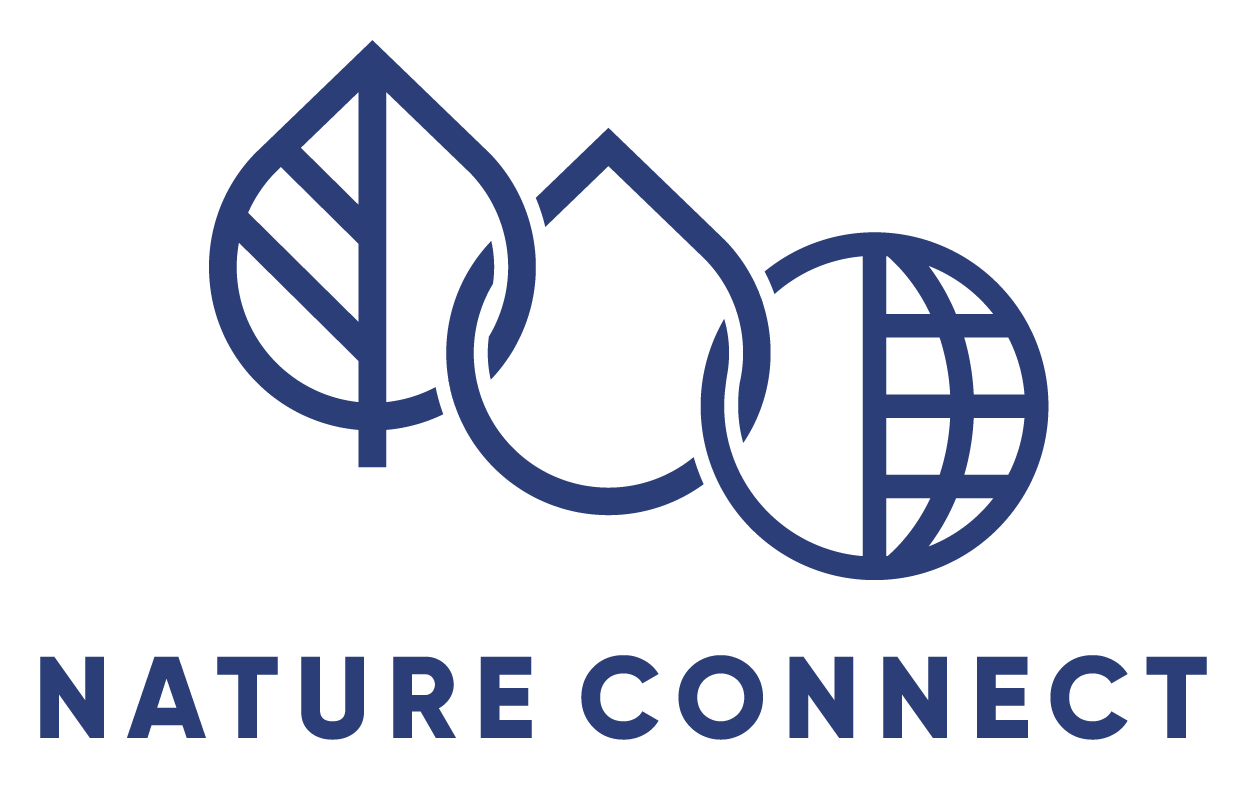Written by Wesley Freese
Whales, the behemoths of the ocean, are mysterious and wizened creatures that can be heard from kilometres away. Once they were hunted to near extinction, now they are celebrated internationally for their intelligence, beauty and wonderment.
Cape Town was a popular whaling site during the 19th century, having multiple species being depleted along its shores within a couple of decades. Whales were used to make everything from soap to lamp oil and cosmetics and there were no laws in place to stem the old hunting practices which devastated local Cetacean populations. Thankfully, whaling was banned in South African seas during 1979 and Cape Town has since done a full 180 on its attitude toward these monolithic beasts. Cape Town is now a hotspot for whale watching, locals can be seen carving dried seaweed into a winding vuvuzela-like instrument and then releasing a deep bellow from it during whale season to supposedly attract whales for tourists. Local Hermanus is considered the best whale-watching spot on the planet by some, with hundreds of whales being spotted there each year. The 900km whale route is teeming with whales, attracting people from all around the world to come to South Africa. Many whale species were once nearly hunted to extinction but have recently bounced back and are known as a resounding conservation success, while many are still endangered, their numbers are slowly increasing and if current laws stay in place, will gradually climb back up the endangered species list.
Whales hold some weird world records, we all know about the blue whale being the largest mammal in existence of course, but there are some obscure and niche things whales are capable of. The fastest ocean mammal is the common dolphin, closely seconded by the orca. Dolphins feed their young milk through their teeth and are a part of the whale family.
The deepest diving mammal in existence is cuviers beaked whale, reported at depths of 2992m, in contrast the deepest human dive, with scuba equipment and four years of intense training was a mere 332m. The loudest animal on the planet is the sperm whale (also the largest toothed animal) which releases short clicks at 230 decibels. This sound wave causes vibrations in the surrounding water so powerful it is hypothesized that it could quite literally vibrate a human to death. In comparison to this truly titanic sound, a jet takeoff can go up to 150 decibels with the capacity to rupture human eardrums.
The largest brain also goes to the sperm whale at 8kg but scientists are more interested in the mental capability of the orca, the wolf of the sea, the killer whale. A duo of killer whales were recently spotted in Kalk Bay Harbour. Named Port and Starboard, these behemoths are uncommon in Cape waters compared to other whales but roaming our seas isn’t the only uncommon thing they do.
Orcas travel in pods of up to 50 members, these pods have tight knit familial bonds and social hierarchy with a matriarchal female at the top that will teach younger generations how to hunt and speak. Yes, speak, orcas have their own language, specific clicks and whistles which some people believe could be more complex than some of our own languages. Their ability to communicate within their pod is incredible, using short whistles that dont travel far underwater to “whisper” to one another when hunting to keep their presence hidden from their prey. Orca pups start off making incoherent noises but soon refine their speech as they are taught to hunt and communicate within their pod. The coordinated hunting strategies of the killer whale is legendary, you may see videos of them swim under a patch of ice in unison, either washing a hapless seal off or outright breaking said ice. A pod of orcas have been observed purposefully beaching themselves to get to seals, after realising their prey is slow on land, the orcas began swiftly breaching the water with incoming waves to hide their presence till the last second, grab the seal then seesaw back and forth to get back to sea.
This dangerous hunting method has only been seen in a single pod and researchers have recorded it taking decades for a young orca to master this profound technique. These whales have different cultures among their pods, each having a favourite food and unique hunting strategies to acquire this food which are passed down from generation to generation. There was once a pod of orcas that had a symbiotic relationship with our species. Thats right, we hunted with species besides dogs and birds, a pod in New South Whales Australia was known for hunting alongside humans in a relationship where everyone but the prey benefitted. Orcas would cleverly herd their cousins, baleen whales, toward the humans along the shore of Australia in a town called Eden, slapping their tails on the surface of the sea to signal that the mutual prey was in range. Humans would then spear and kill the whales with their advanced weaponry, killing those that the orcas could not. A practice called “the law of tongue” was applied while the people of Eden harvested the dead baleans, removing the orcas choice cuts such as the tongue and some organs, throwing them back to the sea where the orcas would feast. People of Eden would swim alongside the orcas, never being harmed, and even believed that when they died they would be reincarnated as orcas. For hundreds of years this practice lived through both orca and human generations but sadly, that long lived and very loved pod of orcas is now extinct.
The playful and intelligent nature of the killer whale is uncanny to some but they deserve our respect and protection either way.

